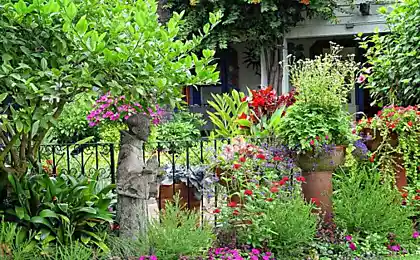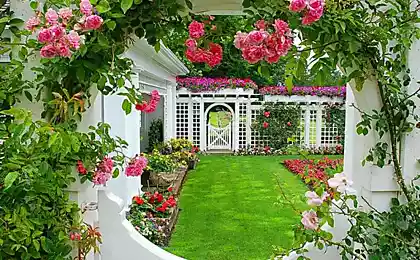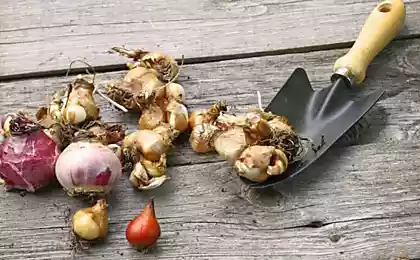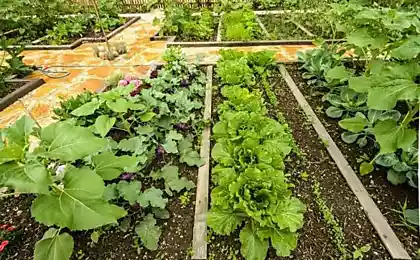172
Last spring, grew a ball of petunia, neighbors in the country tore off the phone, so asked to describe the process.
Petunia is a plant familiar, probably, to everyone. The unpretentiousness of this flower, appearance and durability of flowering have long brought it into the category of popularly loved. And if the gardener has a creative vein, petunia It can be trimmed to almost any shape. Such maneuvers will ennoble any flowerbed and give it an interesting appearance.

But how exactly do we bring a plant to the shape we want, like a ball? And the flowers on it were invisible? It’s certainly not as easy as we’d like, but if you follow our instructions carefully, you’ll be fine.
The leaves of Petunia The main species of Petunia are only three: ampel, bushy and cascading. Classic petunia, which hangs in the kashpo in the country or as an ornament in the city, is ampel or cascading. Bus petunia grows usually in a flowerbed or garden. We are interested in its ability in one season to grow a huge number of lateral shoots that form the appearance of the plant.
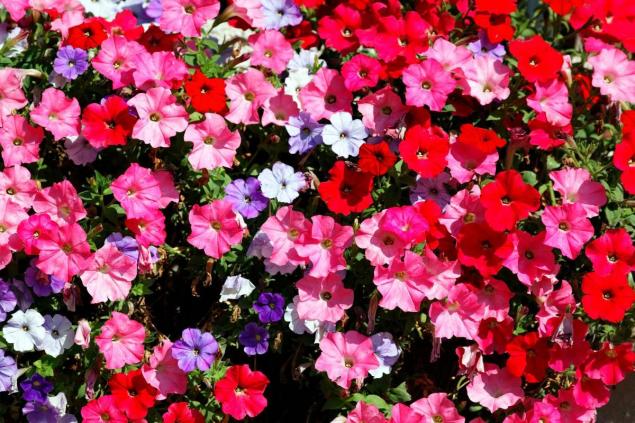
© Freepik Sowing Petunia is relevant to sow until the end of March. However, its germination cannot boast a large number of new plants, so we recommend sowing directly with a reserve. It is recommended to take light, loose soil with neutral acidity. You can also mix the substrate on your own. To do this, combine intermittent humus, peat and sand with sod or leafy soil in proportions 2: 1: 2.

The top layer of the mixture (about 1 cm) should be sifted. The day before the planting of seeds, well pour the soil. Before planting, mix the seeds with a small amount of sand and evenly distribute them over the surface of the soil. Now treat the seeds with spray water, cover with film and put in a warm place (about 23-25 degrees).
In a week, the first seedlings should appear. They need to be watered from the spray gun 2 times a day. We advise you to act carefully, as they are still very tender. Humidity balance is also important. On the one hand, seedlings need it, but on the other hand, condensation on the inside of the film contributes to the appearance of diseases. So it should be removed as often as possible. If you use glass instead of film, this issue is solved by simply turning it over to the other side.
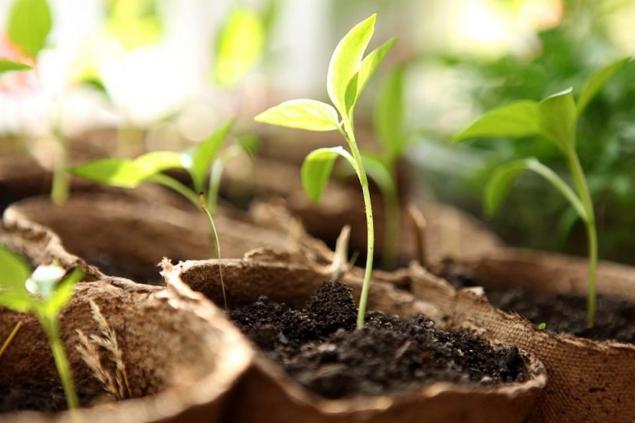
I would like to add more about spraying solution potassium manganese. But here the opinion of gardeners differs: some assure that it is absolutely useless. As soon as the first pair of real leaflets is formed in young plants, the film or glass should be removed, a small layer of sand should be poured into the soil and watering should be reduced to once a day.
To pinch petunia you need at the stage of growth of the seedlings themselves. At the same time, the procedure itself is done quite often, because the plant develops very quickly. At some point, the plant will begin to grow actively, especially in height. This suggests that it is time to slap him. Counting from the base 4 leaf (sometimes 5) and cut everything extra. Petunia leaves must be free of visible damage.

By the way, the top, if it is large enough, you can throw in a glass of water, and there it will give roots. The main plant with the cropped top will now have an increase in additional shoots. And that's exactly what we need. In the future, for more petunia, they will also have to be pinched.
Finally, we want to give tip-off:

Petunia is a wonderful plant with many beautiful leaves, twigs and flowers. She always looks elegant in the warm season, and this does not leave anyone indifferent. Taking care of her is not so difficult if you know what to do. But with such a plant, your land will look much better. Just try it!

But how exactly do we bring a plant to the shape we want, like a ball? And the flowers on it were invisible? It’s certainly not as easy as we’d like, but if you follow our instructions carefully, you’ll be fine.
The leaves of Petunia The main species of Petunia are only three: ampel, bushy and cascading. Classic petunia, which hangs in the kashpo in the country or as an ornament in the city, is ampel or cascading. Bus petunia grows usually in a flowerbed or garden. We are interested in its ability in one season to grow a huge number of lateral shoots that form the appearance of the plant.

© Freepik Sowing Petunia is relevant to sow until the end of March. However, its germination cannot boast a large number of new plants, so we recommend sowing directly with a reserve. It is recommended to take light, loose soil with neutral acidity. You can also mix the substrate on your own. To do this, combine intermittent humus, peat and sand with sod or leafy soil in proportions 2: 1: 2.

The top layer of the mixture (about 1 cm) should be sifted. The day before the planting of seeds, well pour the soil. Before planting, mix the seeds with a small amount of sand and evenly distribute them over the surface of the soil. Now treat the seeds with spray water, cover with film and put in a warm place (about 23-25 degrees).
In a week, the first seedlings should appear. They need to be watered from the spray gun 2 times a day. We advise you to act carefully, as they are still very tender. Humidity balance is also important. On the one hand, seedlings need it, but on the other hand, condensation on the inside of the film contributes to the appearance of diseases. So it should be removed as often as possible. If you use glass instead of film, this issue is solved by simply turning it over to the other side.

I would like to add more about spraying solution potassium manganese. But here the opinion of gardeners differs: some assure that it is absolutely useless. As soon as the first pair of real leaflets is formed in young plants, the film or glass should be removed, a small layer of sand should be poured into the soil and watering should be reduced to once a day.
To pinch petunia you need at the stage of growth of the seedlings themselves. At the same time, the procedure itself is done quite often, because the plant develops very quickly. At some point, the plant will begin to grow actively, especially in height. This suggests that it is time to slap him. Counting from the base 4 leaf (sometimes 5) and cut everything extra. Petunia leaves must be free of visible damage.

By the way, the top, if it is large enough, you can throw in a glass of water, and there it will give roots. The main plant with the cropped top will now have an increase in additional shoots. And that's exactly what we need. In the future, for more petunia, they will also have to be pinched.
Finally, we want to give tip-off:
- Do not rush and pinch too short shoots. 4-5 pages is exactly what you need.
- The tips of petunia shoots should be trimmed (for better aesthetics) once a month. If necessary, 2 times. But nothing more.

Petunia is a wonderful plant with many beautiful leaves, twigs and flowers. She always looks elegant in the warm season, and this does not leave anyone indifferent. Taking care of her is not so difficult if you know what to do. But with such a plant, your land will look much better. Just try it!
Mikheil Lomonosov’s vicious tendencies, because he was a living person
The mechanism of survival in the family of the husband on the example of the royal family




